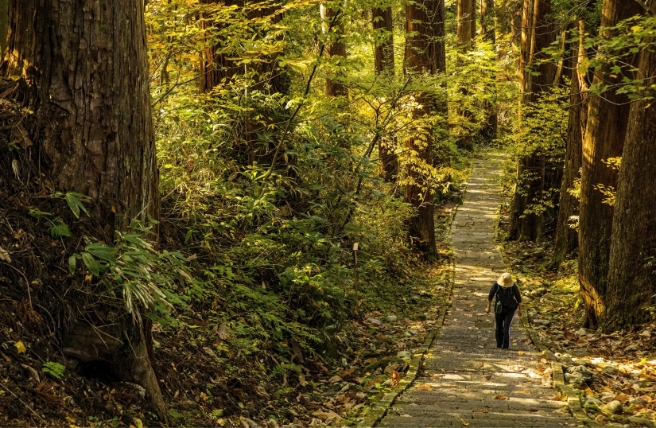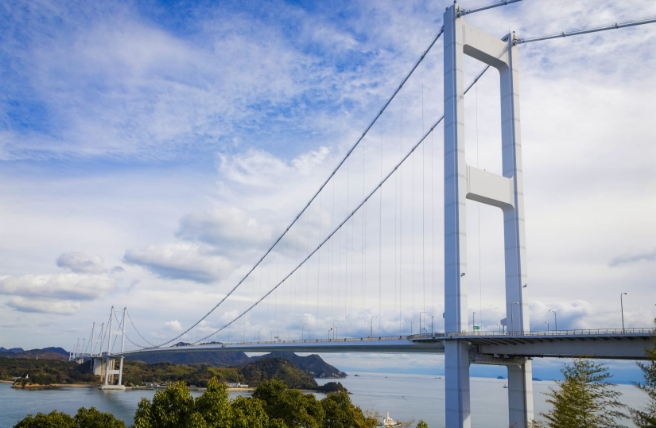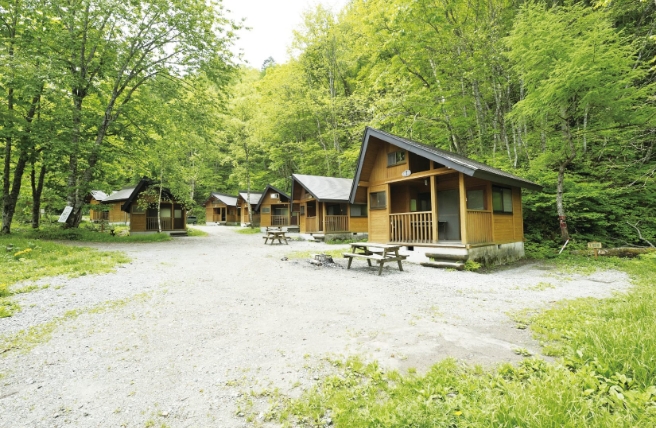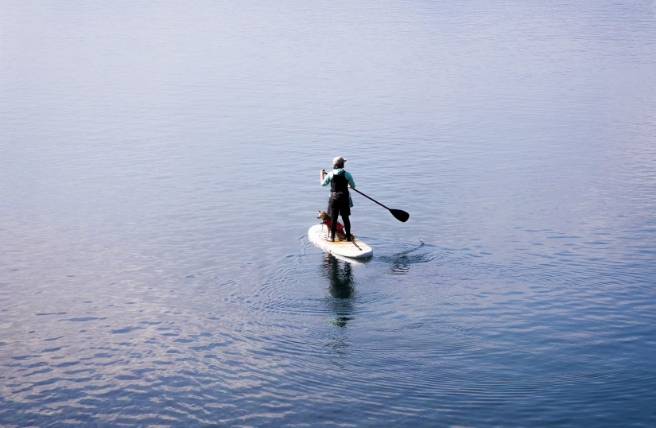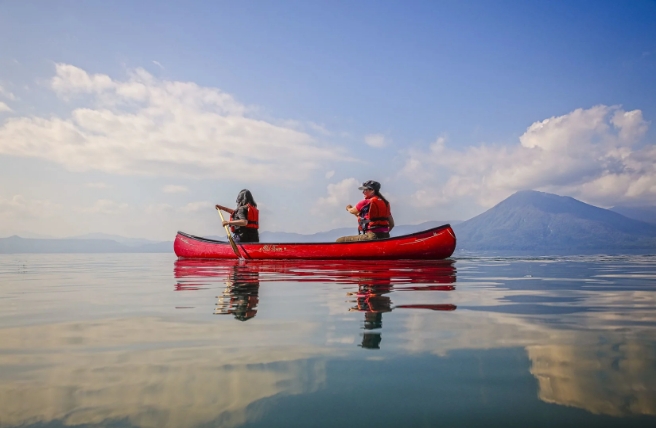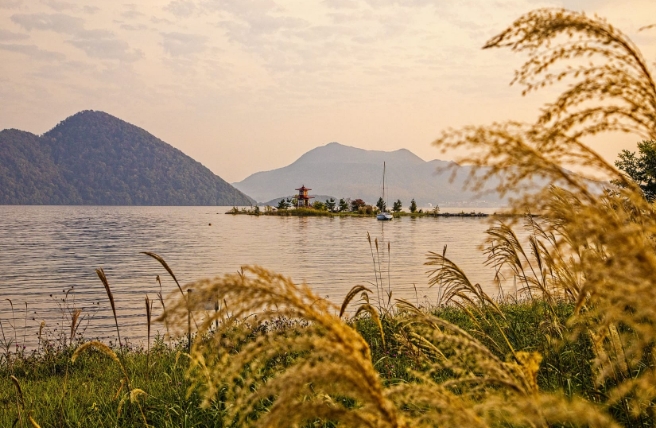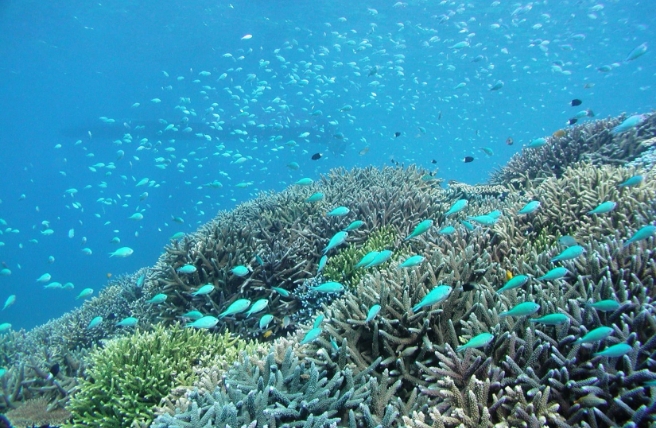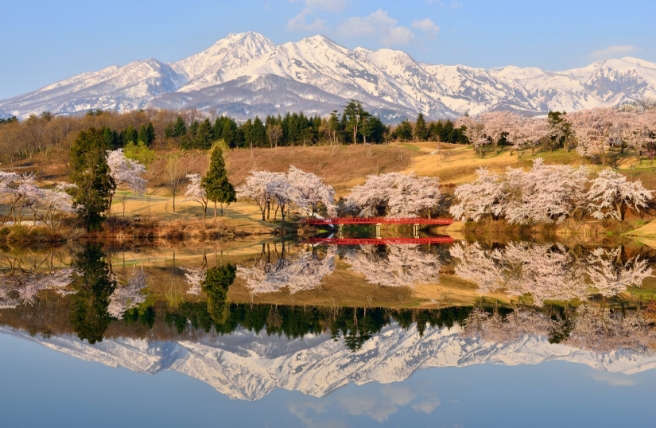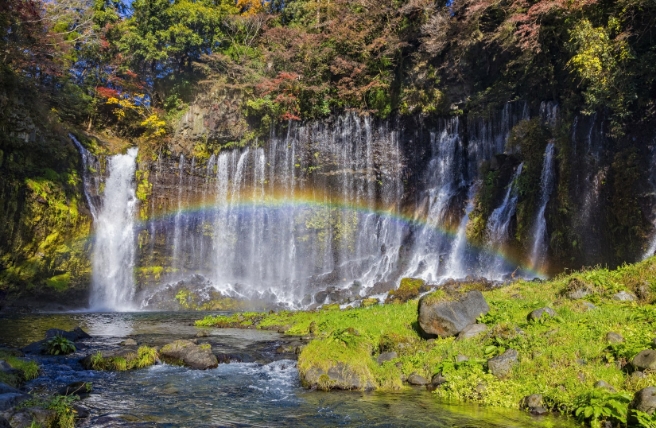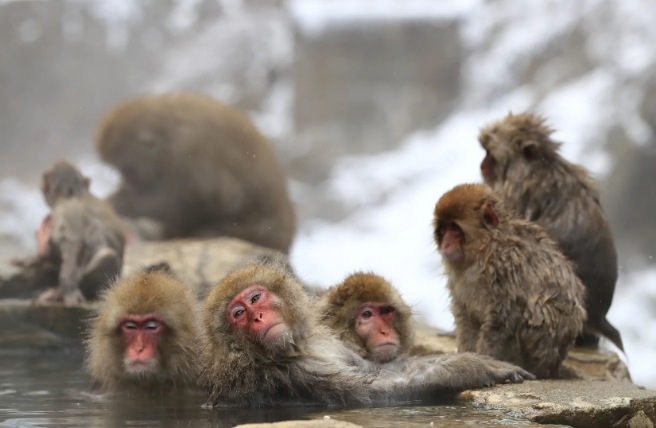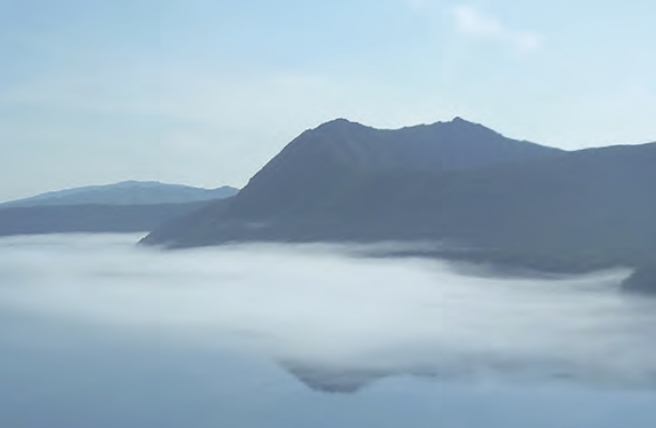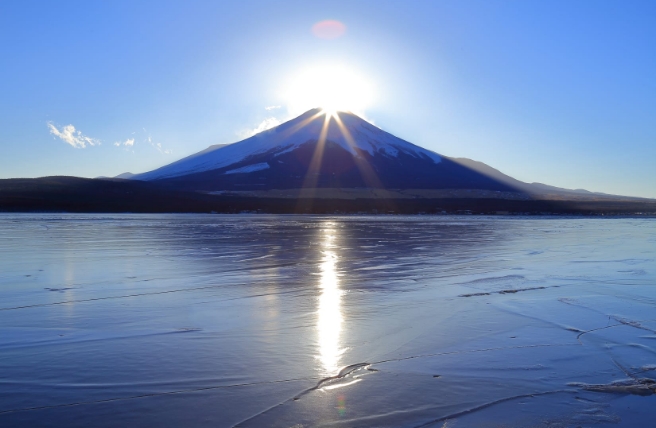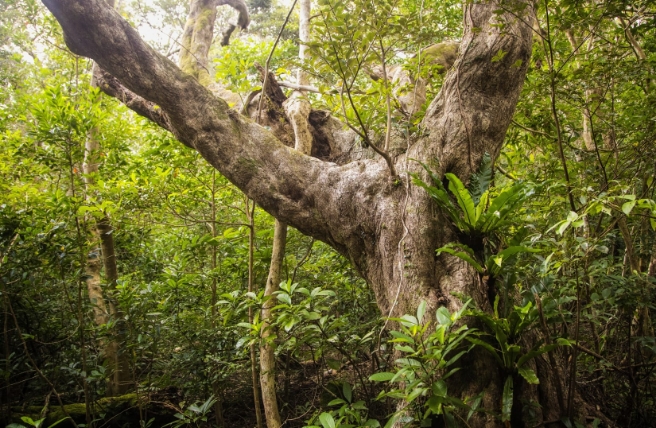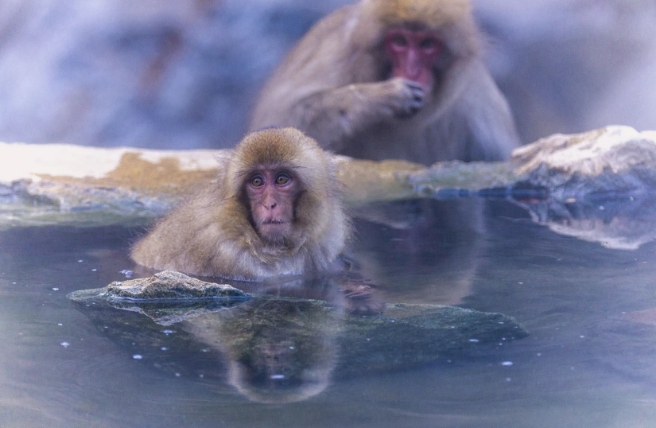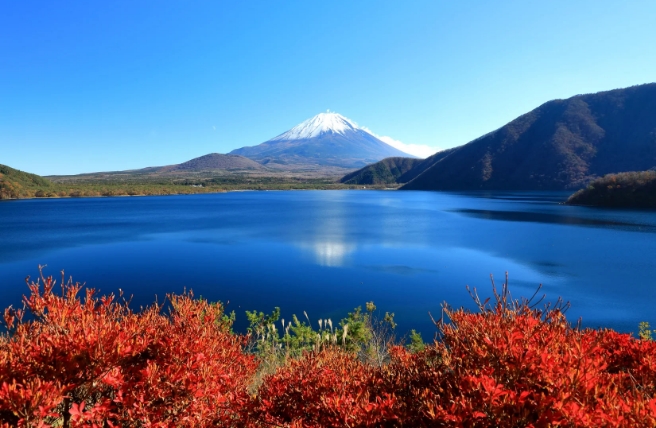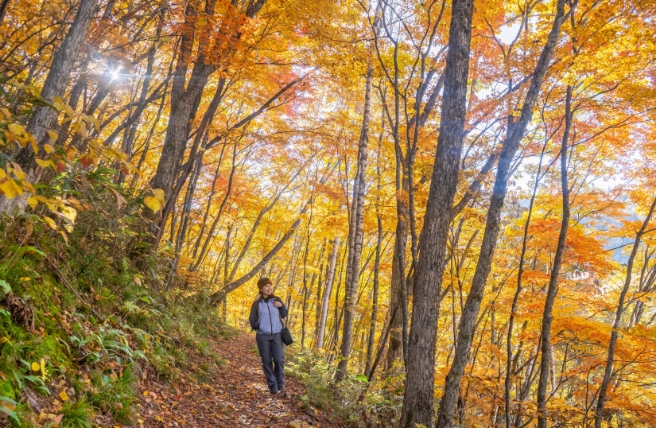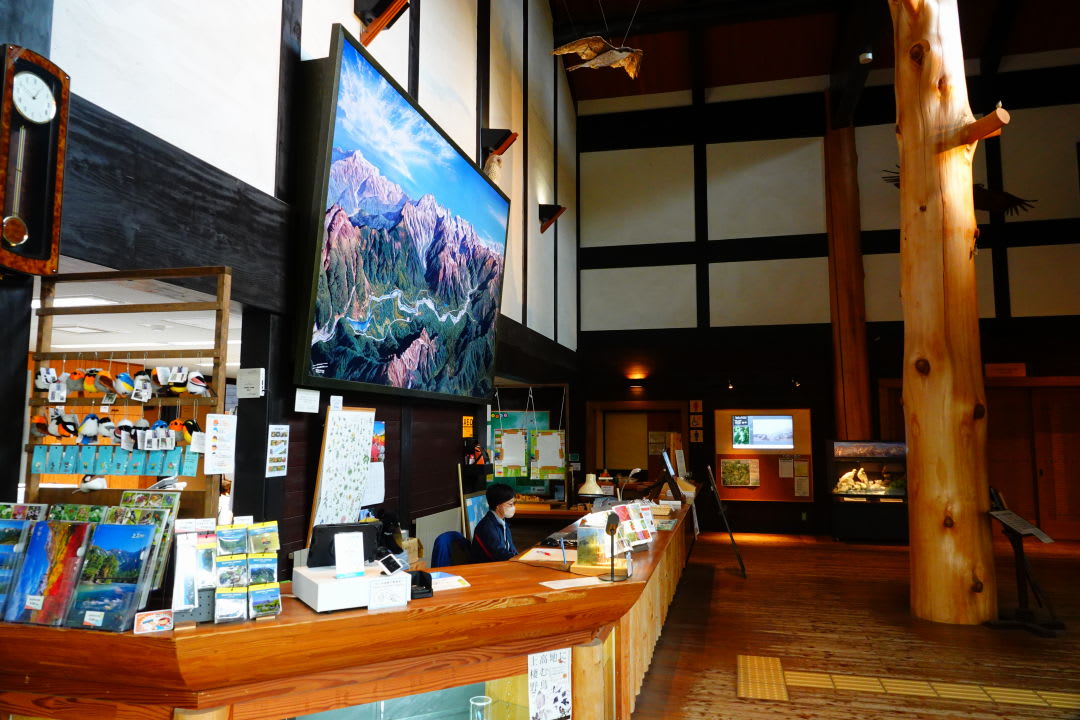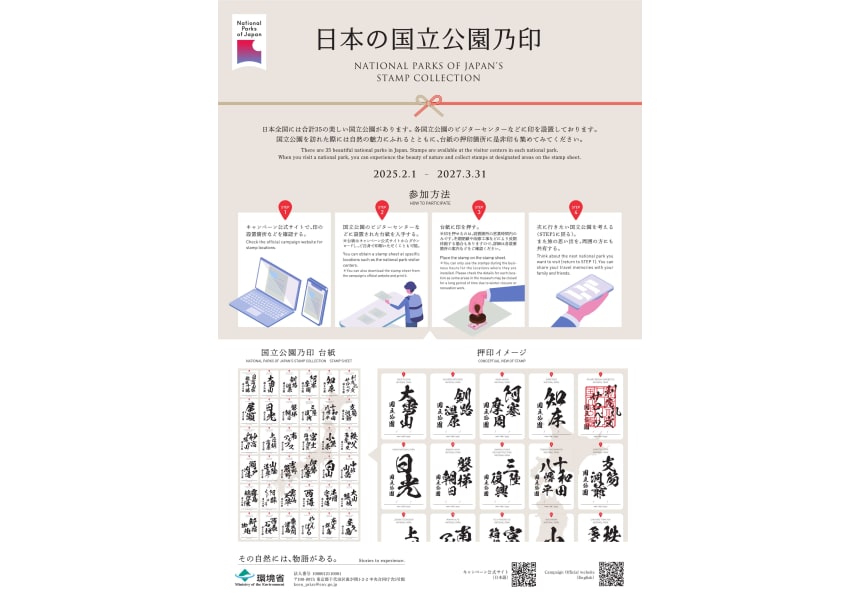These convenient facilities offer detailed information on the natural environment, history, culture, and outdoor activities available at the park
Japan’s 35 national parks showcase a wide range of natural wonders, from towering snowy peaks and active volcanos to ancient forests and vibrant coral reefs teeming with marine life. The outdoor activities available at these parks are just as varied, including hiking, river exploration, scuba diving, and even soaking tired muscles in natural hot springs. One thing that is found at every location, however, is the park’s Visitor Center, a facility that provides information about the park’s unique environment. These centers offer displays and explanations about each park’s topography, geology, and wildlife, for example, as well as insights into the region’s history and local culture. They also provide important practical information, such as safety advisories, weather updates, and maps.
Whether you’re on a day trip or an extended visit to the park, Visitor Centers are inviting spaces where you can simply rest and relax or deepen your knowledge about the park’s natural phenomena and other attractions. Here, we highlight a few visitor centers as an example of the discoveries that await you, and how they can help make a national park visit an even more enjoyable experience on your visit to Japan.
